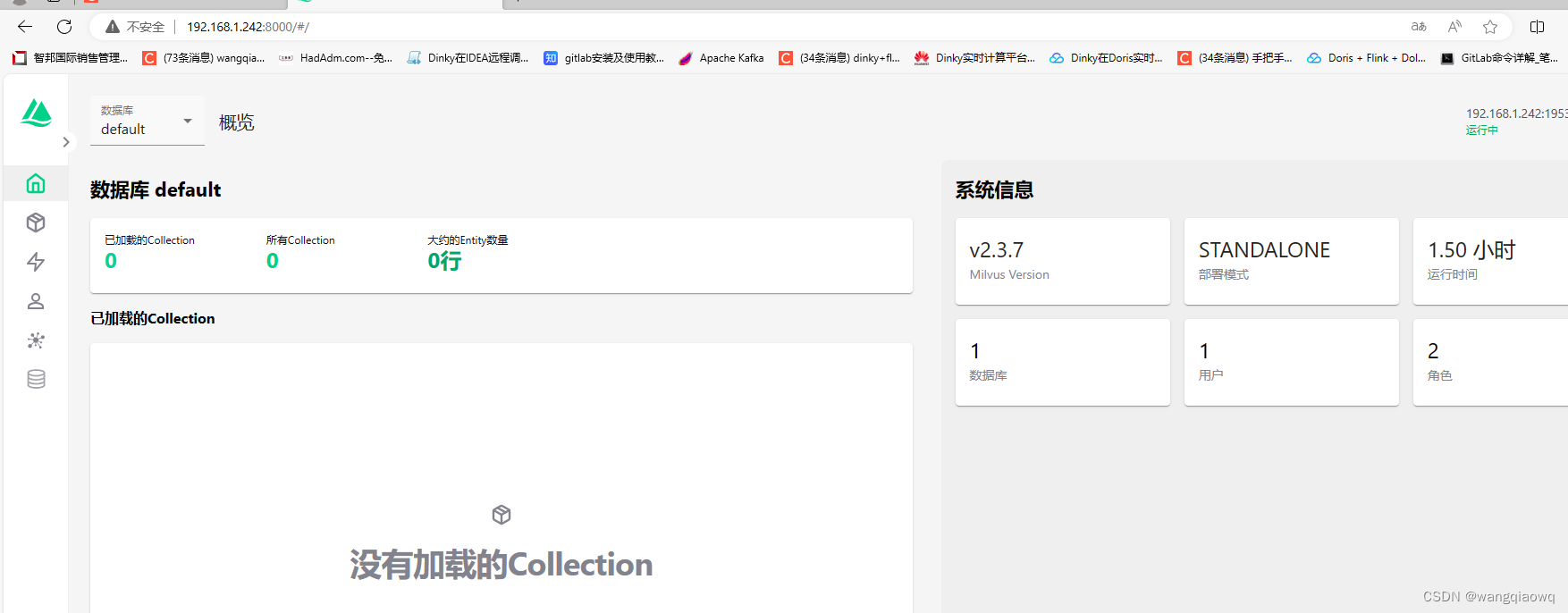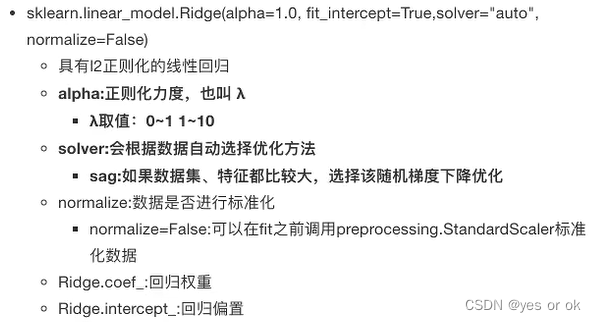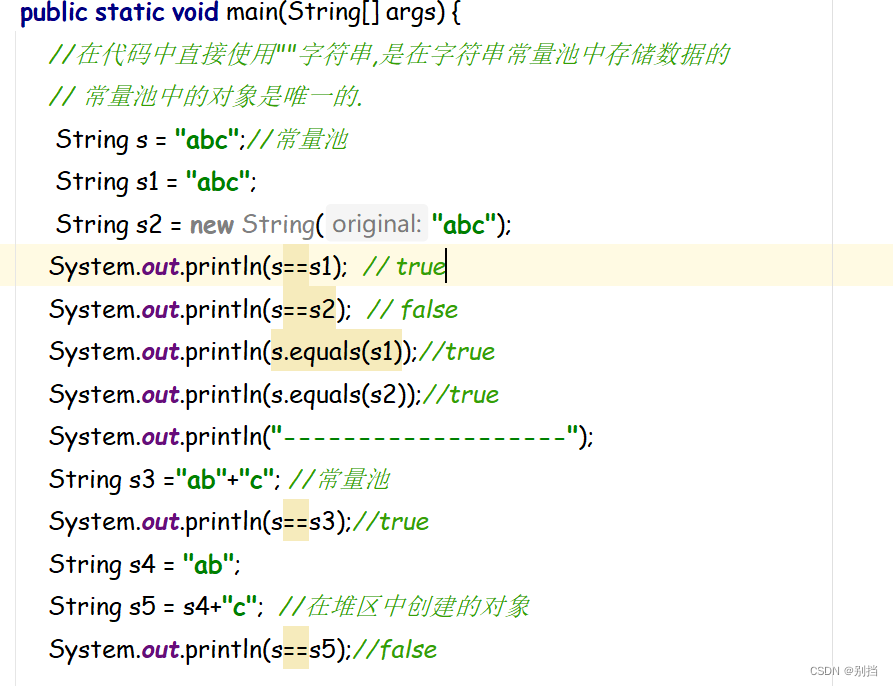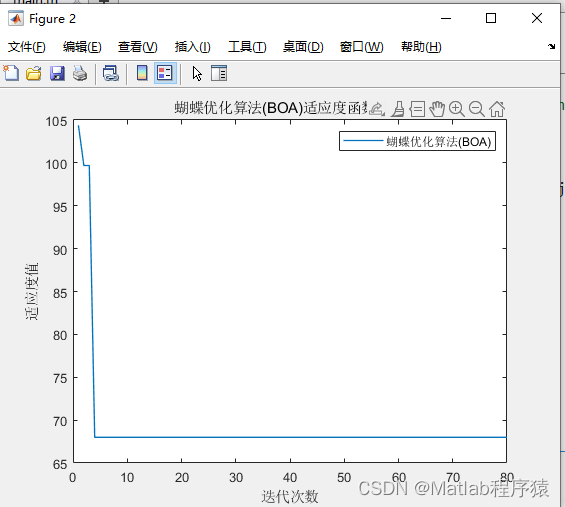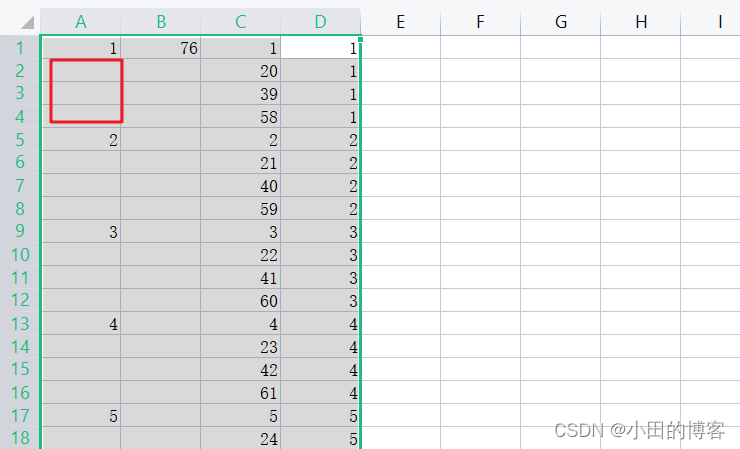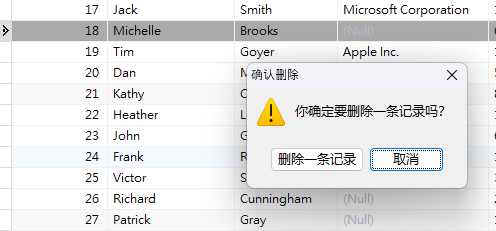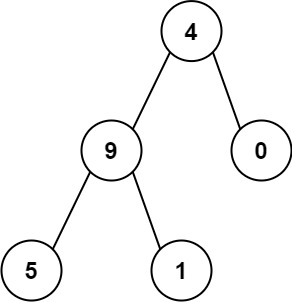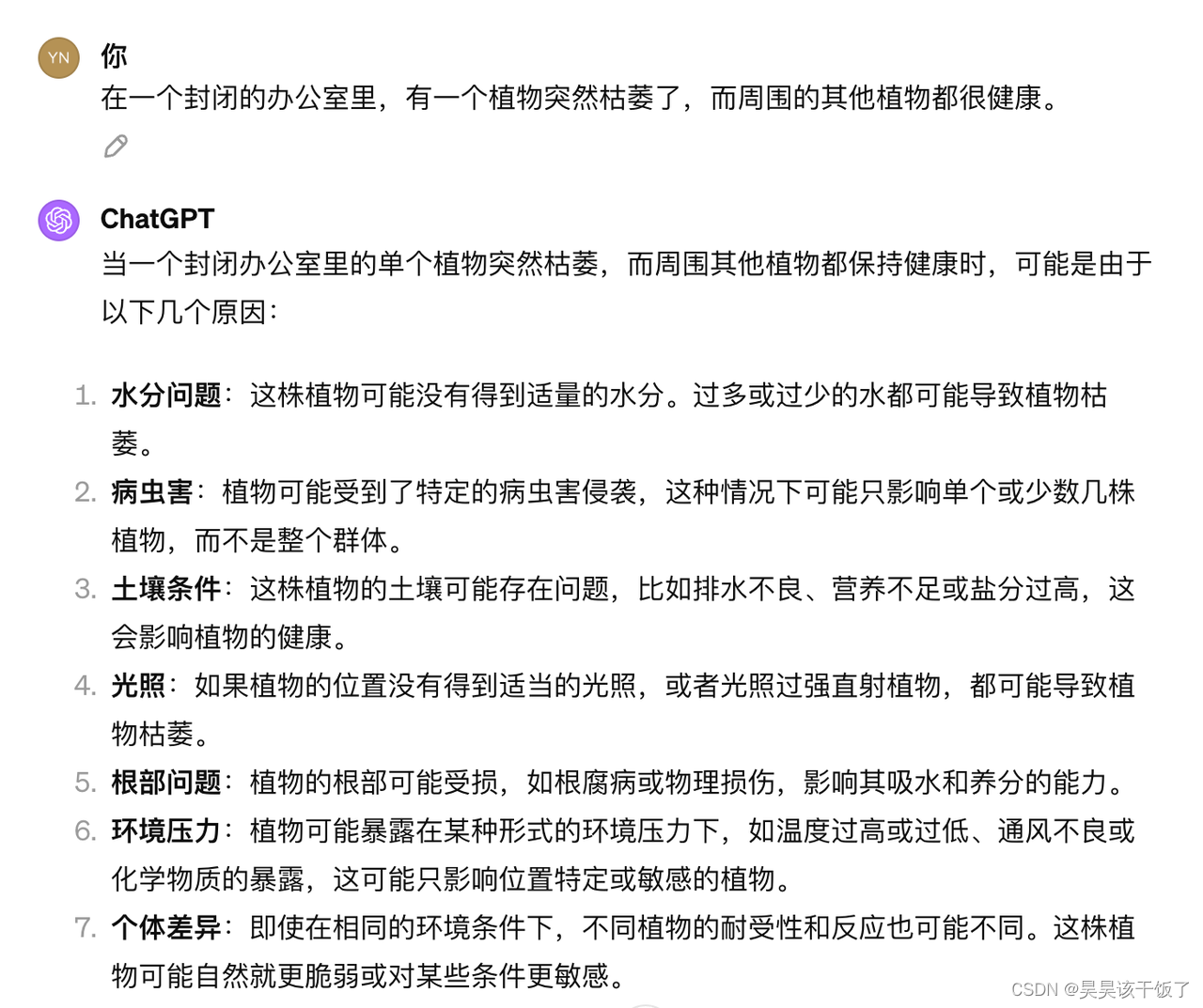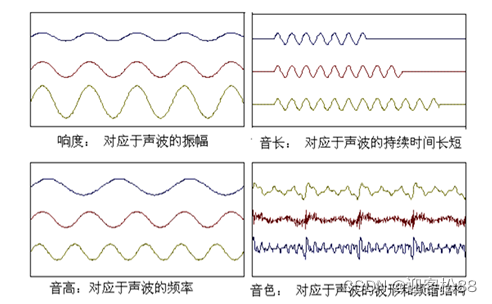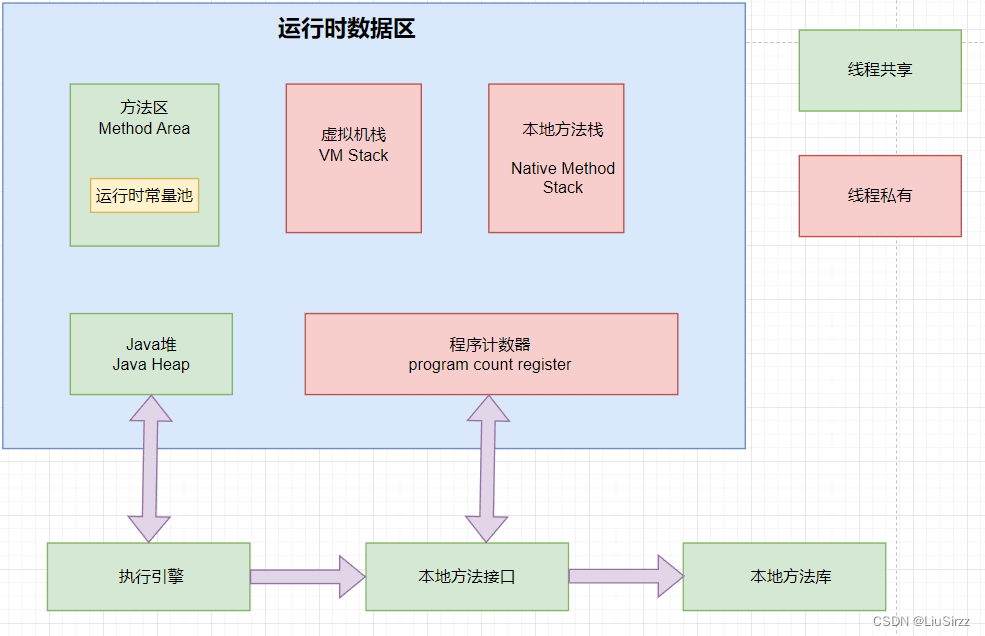re中的迷宫问题有以下特点:
- 在内存中布置一张 "地图"
- 将用户输入限制在少数几个字符范围内.
- 一般只有一个迷宫入口和一个迷宫出口
布置的地图可以由可显字符 (比如#和*)组合而成 (这非常明显, 查看字符串基本就知道这是个迷宫题了.), 也可以单纯用不可显的十六进制值进行表示. 可以将地图直接组成一条非常长的字符串, 或是一行一行分开布置. 如果是一行一行分开布置的话, 因为迷宫一般都会比较大, 所以用于按行(注意, 布置并非按顺序布置, 每行都对应一个具体的行号, 你需要确定行号才能还原迷宫地图) 布置迷宫的函数会明显重复多次.
而被限制的字符通常会是一些方便记忆的组合 (不是也没办法), 比如w/s/a/d, h/j/k/l, l/r/u/d这样的类似组合. 当然各个键具体的操作需要经过分析判断 (像那种只用一条字符串表示迷宫的, 就可以用t键表示向右移动12个字符这样). 对于二维的地图, 一般作者都会设置一个X坐标和一个Y坐标用于保存当前位置. 我们也可以根据这个特点来入手分析.
一般情况下, 迷宫是只有 1 个入口和 1 个出口, 像入口在最左上角(0, 0)位置, 而出口在最右下角(max_X, max_Y)处. 但也有可能是出口在迷宫的正中心, 用一个Y字符表示等等. 解答迷宫题的条件也是需要根据具体情况判断的.
当然迷宫的走法可能不止 1 条, 也有情况是有多条走法, 但是要求某一个走法比如说代价最小. 那么这就可以变相为一个算法问题.
DFS和BFS算法讲解
深度优先遍历(Depth Fist Search)
什么是深度优先,用树来看就是从一个结点开始,沿着其中一条支路,一直搜索下去直到尽头;然后再原路返回起点,再找另一条路不断遍历下去。
用迷宫来讲的话,就是从起点开始,不断向四周的格子走,不考虑回头的话,总有到尽头的时候(终点或是一堵墙)。到尽头后,回到起点,再沿着没有走过的路走一次,不断重复这个过程。

深度优先算法有俩种实现方法,一种是利用递归实现,一种是非递归实现。
广度优先遍历(Breath First Search)
广度优先遍历指的是从图的一个未遍历的结点出发,先遍历这个点的相邻结点,再依次遍历每个相邻节点的相邻节点。
在迷宫的例子里,就是说我们按照走1步能到达的位置,走2步能到达的位置…这样的顺序逐一搜索,直到不再有能到达的位置。
深度优先利用的是栈实现,广度优先利用的是队列实现。
具体代码实现部分可以看[算法]搜索初步: 从迷宫最短路问题来理解DFS和BFS · Issue #14 · Locietta/blogs · GitHub
图文解析可以看图文详解 DFS 和 BFS
步骤和代码实现
maze
NSSCTF的 [SWPUCTF 2021 新生赛]老鼠走迷宫为例子,用深度优先遍历DFS。
maze = [
[
1, 0, 1, 1, 1, 1, 1, 1, 1, 1, 1, 1, 1, 1, 1, 1, 1, 1, 1, 1, 1, 1, 1, 1, 1],
[
1, 0, 1, 0, 0, 0, 0, 0, 0, 0, 0, 0, 0, 0, 0, 0, 0, 0, 0, 0, 0, 0, 1, 0, 1],
[
1, 0, 1, 0, 1, 1, 1, 1, 1, 1, 1, 1, 1, 1, 1, 1, 1, 0, 1, 1, 1, 0, 1, 0, 1],
[
1, 0, 1, 0, 0, 0, 0, 0, 1, 0, 0, 0, 1, 0, 0, 0, 0, 0, 1, 0, 0, 0, 1, 0, 1],
[
1, 0, 1, 1, 1, 1, 1, 0, 1, 0, 1, 0, 1, 0, 1, 1, 1, 1, 1, 0, 1, 1, 1, 0, 1],
[
1, 0, 0, 0, 1, 0, 0, 0, 1, 0, 1, 0, 1, 0, 1, 0, 1, 0, 0, 0, 1, 0, 0, 0, 1],
[
1, 1, 1, 0, 1, 1, 1, 1, 1, 0, 1, 0, 1, 0, 1, 0, 1, 0, 1, 1, 1, 1, 1, 0, 1],
[
1, 0, 1, 0, 0, 0, 1, 0, 0, 0, 1, 0, 0, 0, 1, 0, 1, 0, 0, 0, 0, 0, 1, 0, 1],
[
1, 0, 1, 1, 1, 0, 1, 0, 1, 1, 1, 1, 1, 1, 1, 0, 1, 1, 1, 1, 1, 0, 1, 0, 1],
[
1, 0, 0, 0, 0, 0, 1, 0, 0, 0, 0, 0, 1, 0, 0, 0, 0, 0, 1, 0, 1, 0, 0, 0, 1],
[
1, 0, 1, 1, 1, 1, 1, 1, 1, 0, 1, 0, 1, 0, 1, 1, 1, 0, 1, 0, 1, 1, 1, 0, 1],
[
1, 0, 1, 0, 0, 0, 0, 0, 1, 0, 1, 0, 1, 0, 0, 0, 1, 0, 0, 0, 1, 0, 0, 0, 1],
[
1, 0, 1, 0, 1, 1, 1, 0, 1, 1, 1, 0, 1, 0, 1, 0, 1, 1, 1, 0, 1, 0, 1, 1, 1],
[
1, 0, 0, 0, 1, 0, 1, 0, 1, 0, 0, 0, 1, 0, 1, 0, 0, 0, 1, 0, 1, 0, 1, 0, 1],
[
1, 1, 1, 1, 1, 0, 1, 0, 1, 0, 1, 1, 1, 0, 1, 1, 1, 0, 1, 0, 1, 0, 1, 0, 1],
[
1, 0, 1, 0, 0, 0, 1, 0, 1, 0, 0, 0, 1, 0, 1, 0, 0, 0, 1, 0, 1, 0, 1, 0, 1],
[
1, 0, 1, 0, 1, 0, 1, 0, 1, 0, 1, 0, 1, 1, 1, 0, 1, 1, 1, 1, 1, 0, 1, 0, 1],
[
1, 0, 1, 0, 1, 0, 0, 0, 1, 0, 1, 0, 1, 0, 0, 0, 1, 0, 0, 0, 1, 0, 0, 0, 1],
[
1, 0, 1, 0, 1, 1, 1, 1, 1, 0, 1, 0, 1, 0, 1, 1, 1, 0, 1, 0, 1, 1, 1, 0, 1],
[
1, 0, 1, 0, 0, 0, 1, 0, 0, 0, 1, 0, 1, 0, 0, 0, 1, 0, 1, 0, 0, 0, 1, 0, 1],
[
1, 0, 1, 1, 1, 0, 1, 1, 1, 1, 1, 0, 1, 1, 1, 0, 1, 0, 1, 1, 1, 0, 1, 0, 1],
[
1, 0, 1, 0, 0, 0, 1, 0, 0, 0, 1, 0, 1, 0, 0, 0, 1, 0, 1, 0, 1, 0, 1, 0, 1],
[
1, 0, 1, 0, 1, 1, 1, 0, 1, 0, 1, 0, 1, 0, 1, 1, 1, 0, 1, 0, 1, 0, 1, 0, 1],
[
1, 0, 0, 0, 0, 0, 0, 0, 1, 0, 0, 0, 1, 0, 0, 0, 0, 0, 0, 0, 1, 0, 0, 0, 1],
[
1, 1, 1, 1, 1, 1, 1, 1, 1, 1, 1, 1, 1, 1, 1, 1, 1, 1, 1, 1, 1, 1, 1, 2, 1]]
这里有一个地方进行了修改,最后一行的倒数第二个位置原本是0,我手动修改成了2;原题有明确该坐标是出口。maze[0][1]处是入口。
具体操作
先写从当前位置前往下一个位置的限制条件;(例如,通行的要求,是否遇到墙;走到终点了)
# 添加限制条件
def check(map, x, y):
if (x >= 0) and (x <= 24) and (y >= 0) and (y <= 24): # 这一行检查(x,y)是否在有效范围内;
return (map[x][y] != 1) and ((map[x][y] == 0) or (map[x][y] == 2)) # 这里是如果坐标在地图范围内,就检测该坐标是不是障碍物;是不是可以前进的道路或者终点;
else:
return False
写出当前位置四周的情况,并存入一个列表里。该列表中的每一项包含三个信息(x坐标,y坐标,前进方向)
def gen_nex(map, x, y):
all_dir = []
if check(map, x - 1, y):
all_dir.append((x - 1, y, 'w'))
if check(map, x + 1, y):
all_dir.append((x + 1, y, 's'))
if check(map, x, y - 1):
all_dir.append((x, y - 1, 'a'))
if check(map, x, y + 1):
all_dir.append((x, y + 1, 'd'))
return all_dir
# all_dir是一个列表,用于存储下一个可能的坐标和前进方向的信息。每个元素都是一个包含三个值的元组,格式如下:(x, y, direction)
写出DFS用递归查找路线
- ①第一步先写判断dfs成功的条件
- ②将访问过的值设置成其它特殊值,即我们走过一遍的地方不能再走,不然会出bug,俩个点来回横跳。
- ③进行递归dfs调用
def check_success(map, x, y):
if map[x][y] == 2:
return True
else:
return False
def dfs(maze, x, y, path):
map = maze.copy() # 这里用将maze复制给map,避免修改掉原地图。
if map[x][y] != 2:
map[x][y] = 1
if check_success(map, x, y):
print(path)
return True
next_point = gen_nex(map, x, y)
for n in next_point:
pathn = path + n[2] # 将all_dir列表中的元组的第三个值,即方向传给pathn
dfs(map, n[0], n[1], pathn) # 这里开始递归 用all_dir的元组第一二个值和pathn作为参数,进行当前位置的又一次深度优先遍历。
最后再加个尾巴
output = ""
dfs(maze, 0, 1, output)
直接运行

实战分析
[SWPUCTF 2021 新生赛]老鼠走迷宫
这一题是pyinstaller类的题目,前面是简单的python逆向,这里不再进行分析,直接默认分析迷宫步骤开始
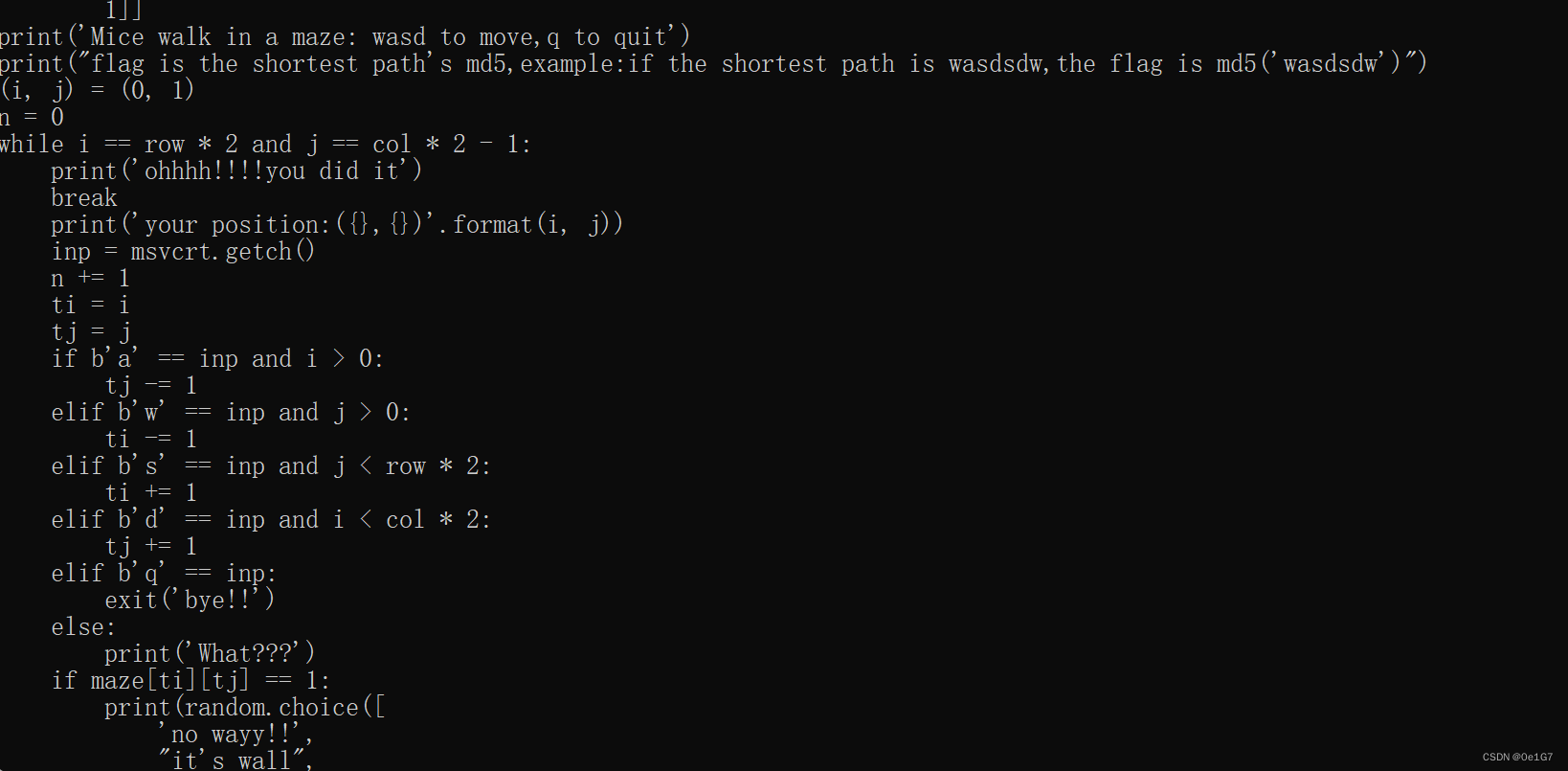
在maze下面添加一个for循环,输出maze,会报错,把最下面的return none直接删了,这不是重点不要紧
修改之后的代码,可以直接输出maze
#!/usr/bin/env python
# visit https://tool.lu/pyc/ for more information
# Version: Python 3.7
import random
import msvcrt
(row, col) = (12, 12)
(i, j) = (0, 0)
maze = [
[
1,
0,
1,
1,
1,
1,
1,
1,
1,
1,
1,
1,
1,
1,
1,
1,
1,
1,
1,
1,
1,
1,
1,
1,
1],
[
1,
0,
1,
0,
0,
0,
0,
0,
0,
0,
0,
0,
0,
0,
0,
0,
0,
0,
0,
0,
0,
0,
1,
0,
1],
[
1,
0,
1,
0,
1,
1,
1,
1,
1,
1,
1,
1,
1,
1,
1,
1,
1,
0,
1,
1,
1,
0,
1,
0,
1],
[
1,
0,
1,
0,
0,
0,
0,
0,
1,
0,
0,
0,
1,
0,
0,
0,
0,
0,
1,
0,
0,
0,
1,
0,
1],
[
1,
0,
1,
1,
1,
1,
1,
0,
1,
0,
1,
0,
1,
0,
1,
1,
1,
1,
1,
0,
1,
1,
1,
0,
1],
[
1,
0,
0,
0,
1,
0,
0,
0,
1,
0,
1,
0,
1,
0,
1,
0,
1,
0,
0,
0,
1,
0,
0,
0,
1],
[
1,
1,
1,
0,
1,
1,
1,
1,
1,
0,
1,
0,
1,
0,
1,
0,
1,
0,
1,
1,
1,
1,
1,
0,
1],
[
1,
0,
1,
0,
0,
0,
1,
0,
0,
0,
1,
0,
0,
0,
1,
0,
1,
0,
0,
0,
0,
0,
1,
0,
1],
[
1,
0,
1,
1,
1,
0,
1,
0,
1,
1,
1,
1,
1,
1,
1,
0,
1,
1,
1,
1,
1,
0,
1,
0,
1],
[
1,
0,
0,
0,
0,
0,
1,
0,
0,
0,
0,
0,
1,
0,
0,
0,
0,
0,
1,
0,
1,
0,
0,
0,
1],
[
1,
0,
1,
1,
1,
1,
1,
1,
1,
0,
1,
0,
1,
0,
1,
1,
1,
0,
1,
0,
1,
1,
1,
0,
1],
[
1,
0,
1,
0,
0,
0,
0,
0,
1,
0,
1,
0,
1,
0,
0,
0,
1,
0,
0,
0,
1,
0,
0,
0,
1],
[
1,
0,
1,
0,
1,
1,
1,
0,
1,
1,
1,
0,
1,
0,
1,
0,
1,
1,
1,
0,
1,
0,
1,
1,
1],
[
1,
0,
0,
0,
1,
0,
1,
0,
1,
0,
0,
0,
1,
0,
1,
0,
0,
0,
1,
0,
1,
0,
1,
0,
1],
[
1,
1,
1,
1,
1,
0,
1,
0,
1,
0,
1,
1,
1,
0,
1,
1,
1,
0,
1,
0,
1,
0,
1,
0,
1],
[
1,
0,
1,
0,
0,
0,
1,
0,
1,
0,
0,
0,
1,
0,
1,
0,
0,
0,
1,
0,
1,
0,
1,
0,
1],
[
1,
0,
1,
0,
1,
0,
1,
0,
1,
0,
1,
0,
1,
1,
1,
0,
1,
1,
1,
1,
1,
0,
1,
0,
1],
[
1,
0,
1,
0,
1,
0,
0,
0,
1,
0,
1,
0,
1,
0,
0,
0,
1,
0,
0,
0,
1,
0,
0,
0,
1],
[
1,
0,
1,
0,
1,
1,
1,
1,
1,
0,
1,
0,
1,
0,
1,
1,
1,
0,
1,
0,
1,
1,
1,
0,
1],
[
1,
0,
1,
0,
0,
0,
1,
0,
0,
0,
1,
0,
1,
0,
0,
0,
1,
0,
1,
0,
0,
0,
1,
0,
1],
[
1,
0,
1,
1,
1,
0,
1,
1,
1,
1,
1,
0,
1,
1,
1,
0,
1,
0,
1,
1,
1,
0,
1,
0,
1],
[
1,
0,
1,
0,
0,
0,
1,
0,
0,
0,
1,
0,
1,
0,
0,
0,
1,
0,
1,
0,
1,
0,
1,
0,
1],
[
1,
0,
1,
0,
1,
1,
1,
0,
1,
0,
1,
0,
1,
0,
1,
1,
1,
0,
1,
0,
1,
0,
1,
0,
1],
[
1,
0,
0,
0,
0,
0,
0,
0,
1,
0,
0,
0,
1,
0,
0,
0,
0,
0,
0,
0,
1,
0,
0,
0,
1],
[
1,
1,
1,
1,
1,
1,
1,
1,
1,
1,
1,
1,
1,
1,
1,
1,
1,
1,
1,
1,
1,
1,
1,
0,
1]]
for row in maze:
print(row)
print('Mice walk in a maze: wasd to move,q to quit')
print("flag is the shortest path's md5,example:if the shortest path is wasdsdw,the flag is md5('wasdsdw')")
(i, j) = (0, 1)
n = 0
while i == row * 2 and j == col * 2 - 1:
print('ohhhh!!!!you did it')
break
print('your position:({},{})'.format(i, j))
inp = msvcrt.getch()
n += 1
ti = i
tj = j
if b'a' == inp and i > 0:
tj -= 1
elif b'w' == inp and j > 0:
ti -= 1
elif b's' == inp and j < row * 2:
ti += 1
elif b'd' == inp and i < col * 2:
tj += 1
elif b'q' == inp:
exit('bye!!')
else:
print('What???')
if maze[ti][tj] == 1:
print(random.choice([
'no wayy!!',
"it's wall",
'nop']))
continue
elif maze[ti][tj] == 0:
print(random.choice([
'nice!!',
'yeah!!',
'Go on']))
i = ti
j = tj
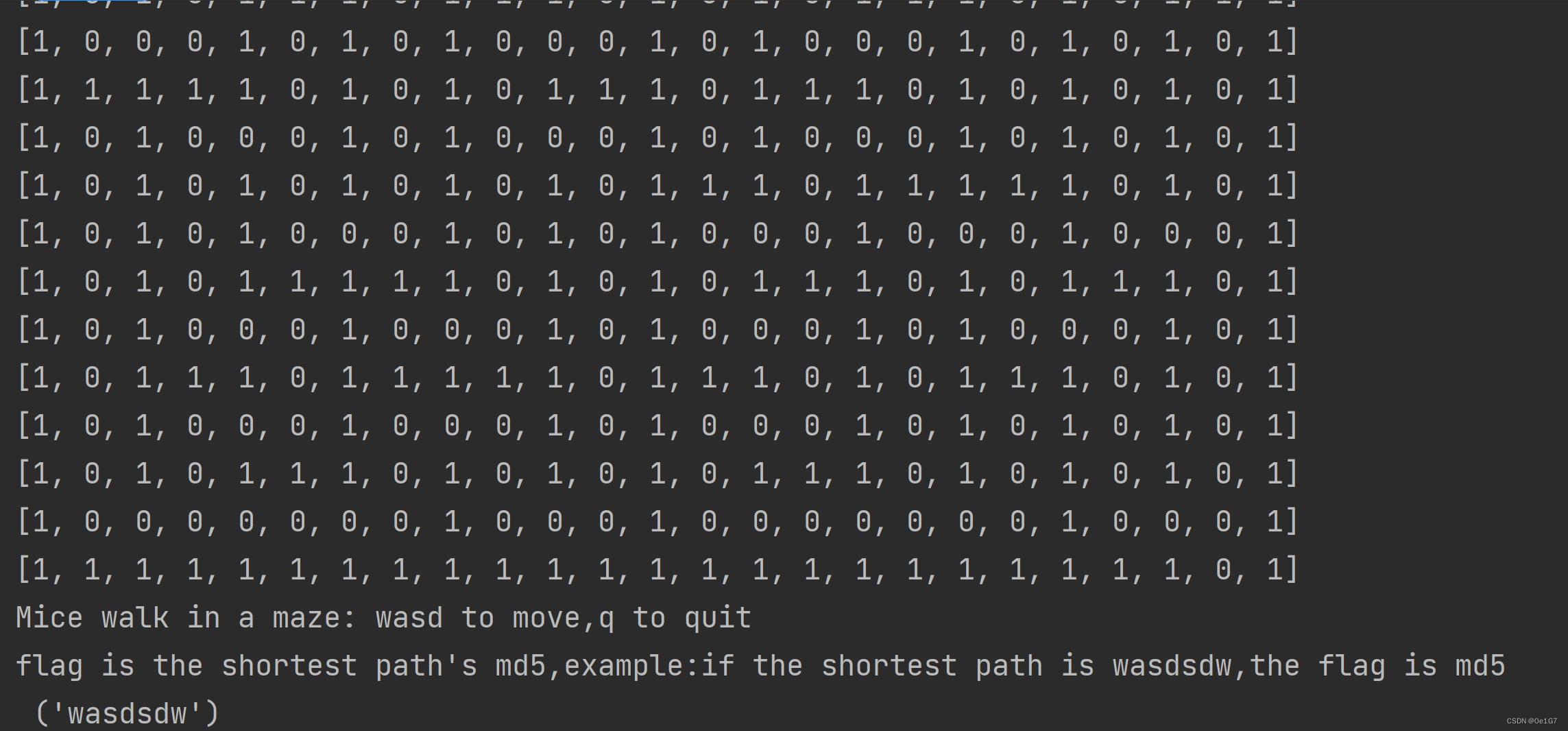
接下来用上面的的DFS,这里不再重复
dirs = [(0, 1), (1, 0), (0, -1), (-1, 0)] # 当前位置四个方向的偏移量
path = [] # 存找到的路径
def mark(maze, pos): # 给迷宫maze的位置pos标"2"表示“倒过了”
maze[pos[0]][pos[1]] = 2
def passable(maze, pos): # 检查迷宫maze的位置pos是否可通行
return maze[pos[0]][pos[1]] == 0
def find_path(maze, pos, end):
mark(maze, pos)
if pos == end:
print(pos, end=" ") # 已到达出口,输出这个位置。成功结束
path.append(pos)
return True
for i in range(4): # 否则按四个方向顺序检查
nextp = pos[0] + dirs[i][0], pos[1] + dirs[i][1]
# 考虑下一个可能方向
if passable(maze, nextp): # 不可行的相邻位置不管
if find_path(maze, nextp, end): # 如果从nextp可达出口,输出这个位置,成功结束
print(pos, end=" ")
path.append(pos)
return True
return False
def see_path(maze, path): # 使寻找到的路径可视化
for i, p in enumerate(path):
if i == 0:
maze[p[0]][p[1]] = "E"
elif i == len(path) - 1:
maze[p[0]][p[1]] = "S"
else:
maze[p[0]][p[1]] = 3
print("\n")
for r in maze:
for c in r:
if c == 3:
print('\033[0;31m' + "*" + " " + '\033[0m', end="")
elif c == "S" or c == "E":
print('\033[0;34m' + c + " " + '\033[0m', end="")
elif c == 2:
print('\033[0;32m' + "#" + " " + '\033[0m', end="")
elif c == 1:
print('\033[0;;40m' + " " * 2 + '\033[0m', end="")
else:
print(" " * 2, end="")
print()
if __name__ == '__main__':
maze = [
[
1, 0, 1, 1, 1, 1, 1, 1, 1, 1, 1, 1, 1, 1, 1, 1, 1, 1, 1, 1, 1, 1, 1, 1, 1],
[
1, 0, 1, 0, 0, 0, 0, 0, 0, 0, 0, 0, 0, 0, 0, 0, 0, 0, 0, 0, 0, 0, 1, 0, 1],
[
1, 0, 1, 0, 1, 1, 1, 1, 1, 1, 1, 1, 1, 1, 1, 1, 1, 0, 1, 1, 1, 0, 1, 0, 1],
[
1, 0, 1, 0, 0, 0, 0, 0, 1, 0, 0, 0, 1, 0, 0, 0, 0, 0, 1, 0, 0, 0, 1, 0, 1],
[
1, 0, 1, 1, 1, 1, 1, 0, 1, 0, 1, 0, 1, 0, 1, 1, 1, 1, 1, 0, 1, 1, 1, 0, 1],
[
1, 0, 0, 0, 1, 0, 0, 0, 1, 0, 1, 0, 1, 0, 1, 0, 1, 0, 0, 0, 1, 0, 0, 0, 1],
[
1, 1, 1, 0, 1, 1, 1, 1, 1, 0, 1, 0, 1, 0, 1, 0, 1, 0, 1, 1, 1, 1, 1, 0, 1],
[
1, 0, 1, 0, 0, 0, 1, 0, 0, 0, 1, 0, 0, 0, 1, 0, 1, 0, 0, 0, 0, 0, 1, 0, 1],
[
1, 0, 1, 1, 1, 0, 1, 0, 1, 1, 1, 1, 1, 1, 1, 0, 1, 1, 1, 1, 1, 0, 1, 0, 1],
[
1, 0, 0, 0, 0, 0, 1, 0, 0, 0, 0, 0, 1, 0, 0, 0, 0, 0, 1, 0, 1, 0, 0, 0, 1],
[
1, 0, 1, 1, 1, 1, 1, 1, 1, 0, 1, 0, 1, 0, 1, 1, 1, 0, 1, 0, 1, 1, 1, 0, 1],
[
1, 0, 1, 0, 0, 0, 0, 0, 1, 0, 1, 0, 1, 0, 0, 0, 1, 0, 0, 0, 1, 0, 0, 0, 1],
[
1, 0, 1, 0, 1, 1, 1, 0, 1, 1, 1, 0, 1, 0, 1, 0, 1, 1, 1, 0, 1, 0, 1, 1, 1],
[
1, 0, 0, 0, 1, 0, 1, 0, 1, 0, 0, 0, 1, 0, 1, 0, 0, 0, 1, 0, 1, 0, 1, 0, 1],
[
1, 1, 1, 1, 1, 0, 1, 0, 1, 0, 1, 1, 1, 0, 1, 1, 1, 0, 1, 0, 1, 0, 1, 0, 1],
[
1, 0, 1, 0, 0, 0, 1, 0, 1, 0, 0, 0, 1, 0, 1, 0, 0, 0, 1, 0, 1, 0, 1, 0, 1],
[
1, 0, 1, 0, 1, 0, 1, 0, 1, 0, 1, 0, 1, 1, 1, 0, 1, 1, 1, 1, 1, 0, 1, 0, 1],
[
1, 0, 1, 0, 1, 0, 0, 0, 1, 0, 1, 0, 1, 0, 0, 0, 1, 0, 0, 0, 1, 0, 0, 0, 1],
[
1, 0, 1, 0, 1, 1, 1, 1, 1, 0, 1, 0, 1, 0, 1, 1, 1, 0, 1, 0, 1, 1, 1, 0, 1],
[
1, 0, 1, 0, 0, 0, 1, 0, 0, 0, 1, 0, 1, 0, 0, 0, 1, 0, 1, 0, 0, 0, 1, 0, 1],
[
1, 0, 1, 1, 1, 0, 1, 1, 1, 1, 1, 0, 1, 1, 1, 0, 1, 0, 1, 1, 1, 0, 1, 0, 1],
[
1, 0, 1, 0, 0, 0, 1, 0, 0, 0, 1, 0, 1, 0, 0, 0, 1, 0, 1, 0, 1, 0, 1, 0, 1],
[
1, 0, 1, 0, 1, 1, 1, 0, 1, 0, 1, 0, 1, 0, 1, 1, 1, 0, 1, 0, 1, 0, 1, 0, 1],
[
1, 0, 0, 0, 0, 0, 0, 0, 1, 0, 0, 0, 1, 0, 0, 0, 0, 0, 0, 0, 1, 0, 0, 0, 1],
[
1, 1, 1, 1, 1, 1, 1, 1, 1, 1, 1, 1, 1, 1, 1, 1, 1, 1, 1, 1, 1, 1, 1, 0, 1]]
start = (0, 1)
end = (24, 23)
find_path(maze, start, end)
see_path(maze, path)
NSSCTF [GDOUCTF 2023]润!
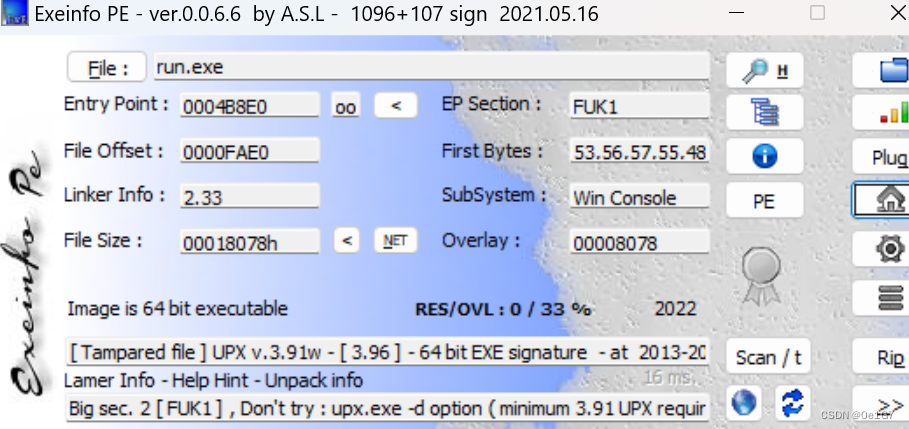
UPX壳但是是魔改过的upx壳,将FUK都改成UPX就好;再看就是正常的upx壳了,用upx -d
之后用IDA分析就好,直接反汇编来看主函数

init是创建迷宫, 让我们输入长度为31的字符串,moving是在迷宫中的移动,这里的511是个hint
init点进去看看
这里具体迷宫的生成具体可以不用在意,可以明显看出这是一个 8 * 8大小的迷宫;
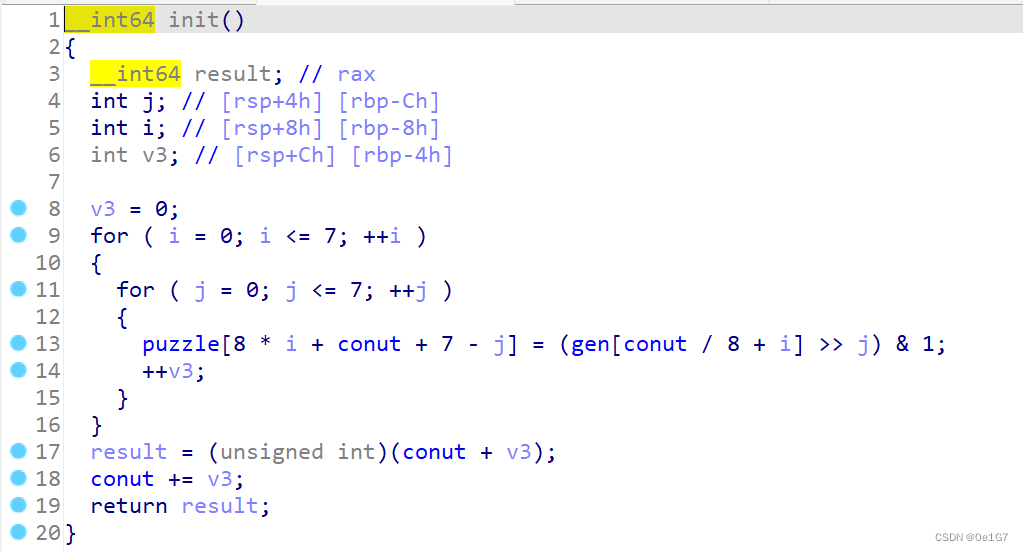
moving这里是三维的,还有上下楼这种操作。注意看:在case ‘u’:处又调用了一次init创建了一个迷宫,还有layer也是个hint,layer是层的意思,这里就是有八层。 8 * 8 * 8 = 512 ;即意味着我们的终点就是左下角的位置,511;起点是一楼的左上角。我觉得难点就在这了,后面就按部就班。
哦还有,需要动态调试,输入uuuuuuuuuuuuuuuuuuuu就好,连续创建七次迷宫,将迷宫copy出来就好,4015CE下断点


x表示楼层,y是w和s表示行,z是列。
maze = [0, 1, 1, 1, 1, 1, 1, 1, 0, 1, 1, 1, 1, 1, 1, 1, 0, 0, 0, 1, 1, 1, 1, 1, 1, 1, 0, 1, 1, 1, 1, 1, 1,
1, 0, 1, 1, 1, 1, 1, 1, 1, 1, 1, 1, 1, 1, 1, 1, 1, 1, 1, 1, 1, 1, 1, 1, 1, 1, 1, 1, 1, 1, 1, 1, 1,
1, 1, 1, 1, 1, 1, 1, 1, 1, 1, 1, 1, 1, 1, 1, 1, 1, 1, 0, 0, 0, 1, 1, 1, 1, 1, 1, 1, 1, 1, 1, 1, 0,
1, 1, 1, 1, 1, 1, 1, 1, 1, 1, 1, 1, 1, 1, 1, 1, 1, 1, 1, 1, 1, 1, 1, 1, 1, 1, 1, 1, 1, 1, 1, 1, 1,
1, 1, 1, 1, 1, 1, 1, 1, 1, 1, 1, 1, 1, 1, 0, 0, 0, 1, 0, 1, 1, 1, 0, 1, 1, 1, 1, 1, 1, 1, 0, 1, 1,
1, 1, 1, 1, 1, 1, 1, 1, 1, 1, 1, 1, 1, 1, 1, 1, 1, 1, 1, 1, 1, 1, 1, 1, 1, 1, 1, 1, 1, 1, 1, 1, 1,
1, 1, 1, 1, 1, 1, 1, 1, 1, 1, 1, 1, 1, 1, 1, 1, 0, 1, 1, 1, 1, 1, 1, 1, 1, 1, 1, 1, 1, 1, 1, 1, 1,
1, 1, 1, 1, 1, 1, 1, 1, 1, 1, 1, 1, 1, 1, 1, 1, 1, 1, 1, 1, 1, 1, 1, 1, 1, 1, 1, 1, 1, 1, 1, 1, 1,
1, 1, 1, 1, 1, 1, 0, 1, 1, 1, 1, 1, 1, 1, 0, 1, 1, 1, 1, 1, 1, 1, 0, 1, 1, 1, 1, 1, 1, 1, 0, 0, 1,
1, 1, 1, 1, 1, 1, 1, 1, 1, 1, 1, 1, 1, 1, 1, 1, 1, 1, 1, 1, 1, 1, 1, 1, 1, 1, 1, 1, 1, 1, 1, 1, 1,
1, 1, 1, 1, 1, 1, 1, 1, 1, 1, 1, 1, 1, 1, 1, 1, 1, 1, 1, 1, 1, 1, 1, 1, 1, 1, 1, 1, 1, 0, 1, 1, 1,
1, 1, 1, 1, 0, 1, 1, 1, 1, 1, 1, 0, 0, 1, 1, 1, 1, 1, 0, 0, 1, 1, 1, 1, 1, 1, 1, 1, 1, 1, 1, 1, 1,
1, 1, 1, 1, 1, 1, 1, 1, 1, 1, 1, 1, 1, 1, 1, 1, 1, 1, 1, 1, 1, 1, 1, 1, 1, 1, 1, 1, 1, 1, 1, 1, 1,
1, 1, 1, 1, 1, 1, 1, 1, 1, 1, 1, 1, 1, 1, 1, 1, 0, 1, 1, 1, 1, 1, 1, 1, 1, 1, 1, 1, 1, 1, 1, 1, 1,
1, 1, 1, 1, 1, 1, 1, 1, 1, 1, 1, 1, 1, 1, 1, 1, 1, 1, 1, 1, 1, 1, 1, 1, 1, 1, 1, 1, 1, 1, 1, 1, 1,
1, 1, 1, 1, 1, 1, 1, 1, 1, 1, 1, 1, 1, 1, 0, 0, 2]
# maze[x * 64 + y * 8 + z]
def check_point_valid(map, x, y, z):
if (x >= 0) and (x <= 7) and (y >= 0) and (y <= 7) and (z >= 0) and (z <= 7):
return (map[x * 64 + y * 8 + z] != 1) and ((map[x * 64 + y * 8 + z] == 0) or (map[x * 64 + y * 8 + z] == 2))
else:
return False
def gen_nex(map, x, y, z):
all_dir = []
if check_point_valid(map, x - 1, y, z):
all_dir.append((x - 1, y, z, 'n'))
if check_point_valid(map, x + 1, y, z):
all_dir.append((x + 1, y, z, 'u'))
if check_point_valid(map, x, y - 1, z):
all_dir.append((x, y - 1, z, 'w'))
if check_point_valid(map, x, y + 1, z):
all_dir.append((x, y + 1, z, 's'))
if check_point_valid(map, x, y, z - 1):
all_dir.append((x, y, z - 1, 'a'))
if check_point_valid(map, x, y, z + 1):
all_dir.append((x, y, z + 1, 'd'))
return all_dir
def check_success(map, x, y, z):
if map[x * 64 + y * 8 + z] == 2:
return True
else:
return False
def dfs(mapb, x, y, z, path):
map = mapb.copy()
if map[x * 64 + y * 8 + z] != 2:
map[x * 64 + y * 8 + z] = 1
if check_success(map, x, y, z):
print(path)
return True
next_point = gen_nex(map, x, y, z)
for n in next_point:
pathn = path + n[3]
dfs(map, n[0], n[1], n[2], pathn)
outpus = ""
dfs(maze, 0, 0, 0, outpus)
BUUCTF:[HDCTF2019]Maze
前面正常的upx32,脱壳
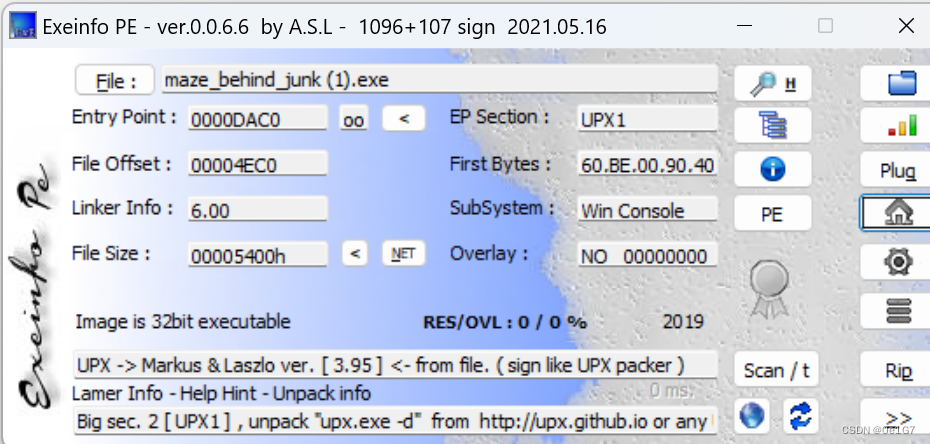
进去发现函数不完整,解析也出现错误,分析一下有花指令的干扰,直接去花

花指令,nop掉他!这里call直接nop就好

nop完后,全选红色的地址用p键得到main函数,再次反编译

现在就是找地图了,查看字符串

没有找到迷宫的规模在哪里,结合一共有70个字符,而且一共走了14步,asc_408078 = 5,dword_40807C = -4,可以大概猜出 7 * 10 的迷宫大小。
可知起始:408078=7 40807c=0(即+(7,0)),结束:408078=5 40807c=-4(F(5,-4)),画出地图。(a:左,s:下,d:右,w:上)
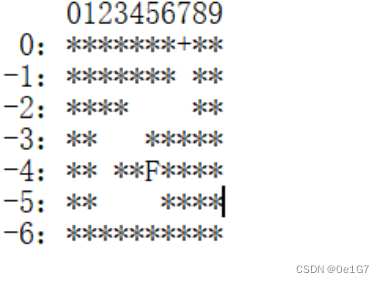
EXP:
map = ['*', '*', '*', '*', '*', '*', '*', '+', '*', '*', '*', '*', '*', '*', '*', '*', '*', ' ', '*', '*', '*', '*', '*', '*', ' ', ' ', ' ', ' ', '*', '*', '*', '*', ' ', ' ', ' ', '*', '*', '*', '*', '*', '*', '*', ' ', '*', '*', 'F', '*', '*', '*', '*', '*', '*', ' ', ' ', ' ', ' ', '*', '*', '*', '*', '*', '*', '*', '*', '*', '*', '*', '*', '*', '*']
# 添加限制条件
def check(map, x, y):
if (x >= 0) and (x <= 7) and (y >= 0) and (y <= 9): # 这一行检查(x,y)是否在有效范围内;
return (map[10 * x + y] != '*') and ((map[10 * x + y] == ' ') or (map[10 * x + y] == 'F')) # 这里是如果坐标在地图范围内,就检测该坐标是不是障碍物;是不是可以前进的道路或者终点;
else:
return False
def gen_nex(map, x, y):
all_dir = []
if check(map, x - 1, y):
all_dir.append((x - 1, y, 'w'))
if check(map, x + 1, y):
all_dir.append((x + 1, y, 's'))
if check(map, x, y - 1):
all_dir.append((x, y - 1, 'a'))
if check(map, x, y + 1):
all_dir.append((x, y + 1, 'd'))
return all_dir
# all_dir是一个列表,用于存储下一个可能的坐标和前进方向的信息。每个元素都是一个包含三个值的元组,格式如下:(x, y, direction)
def check_success(map, x, y):
if map[10 * x + y] == 'F':
return True
else:
return False
def dfs(maze, x, y, path):
map = maze.copy() # 这里用将maze复制给map,避免修改掉原地图。
if map[10 * x + y] != 'F':
map[10 * x + y] = 1
if check_success(map, x, y):
print(path)
return True
next_point = gen_nex(map, x, y)
for n in next_point:
pathn = path + n[2] # 将all_dir列表中的元组的第三个值,即方向传给pathn
dfs(map, n[0], n[1], pathn) # 这里开始递归 用all_dir的元组第一二个值和pathn作为参数,进行当前位置的又一次深度优先遍历。
output = ""
dfs(map, 0, 7, output)
2019华南师大CTF新生赛maze
题目地址:https://github.com/scnu-sloth/hsctf-2019-freshmen

找走迷宫的规则和方法,点开check函数看到
分析可知:这是一个含14*12的迷宫;'*'是迷宫的墙;'#'是迷宫终点
d为向右走一步;s为向右13步,在本二维数组中为向左下方一步或向右13步;w为向右上方一步或向左13步;a为向左一步
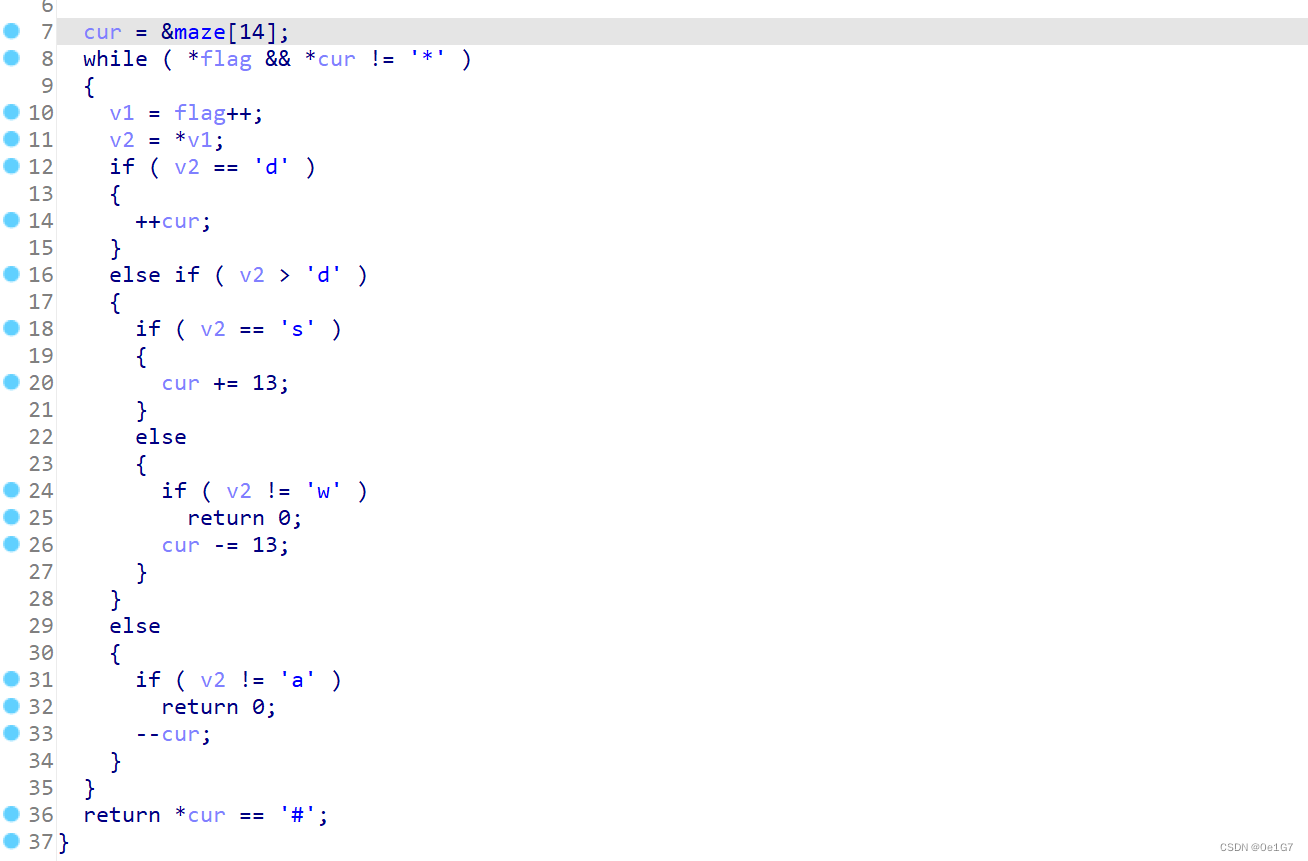
exp,直接借用了师傅BSF的算法:
#include<bits/stdc++.h>
using namespace std;
char mp[12*15];
int vis[12*15];
int dir[4]={1,-1,13,-13};
char S[4]={'d','a','s','w'};
struct node
{
int x;
string s;
};
queue<node> Q;
void bfs()
{
node tmp;
tmp.x=15;tmp.s="";
Q.push(tmp);
while(!Q.empty())
{
node now=Q.front();
Q.pop();
vis[now.x]=1;
if(mp[now.x]=='#')
{
cout<<"flag{"<<now.s<<"}"<<endl;
return;
}
for(int k=0;k<4;k++)
{
int ux=now.x+dir[k];
if(ux<1||ux>168||mp[ux]=='X'||vis[ux]==1)
continue;
tmp.x=ux;
tmp.s=now.s+S[k];
Q.push(tmp);
}
}
}
int main()
{
int t=0;
for(int i=1;i<=12;i++)
{
for(int j=1;j<=14;j++)
{
cin>>mp[++t];
}
}
memset(vis,0,sizeof(vis));
bfs();
return 0;
}
还有突然发现了169 个字符,不就是 13 的平方,发现了13*13也对,上下左右就出来了,直接画个图就可以手解
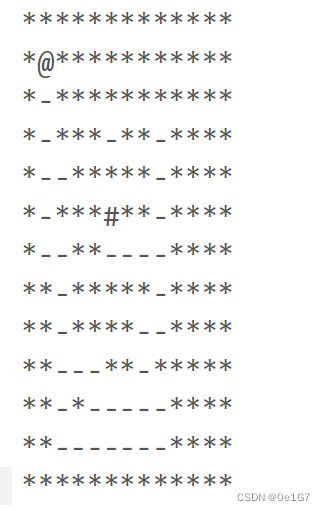
flag{sssssdsssddsdddwwdwwaaaw}
攻防世界新手区 NJUPT CTF 2017 maze
64位ELF文件,无壳,先扔入IDA中查看伪代码

分析代码:
puts("Input flag:");
scanf("%s", &input_flag, 0LL);
if ( strlen(&input_flag) != 24 || strncmp(&input_flag, "nctf{", 5uLL) || *(&byte_6010BF + 24) != '}' ) //这里要求输入的flag是24个字符,且前5个和最后一个都确定了
{
LABEL_22:
puts("Wrong flag!");
exit(-1);
}
v3 = 5LL;
if ( strlen(&input_flag) - 1 > 5 )
{
while ( 1 )
{
singleflag = *(&input_flag + v3); // 这里v3是从5开始递增的数,目的是从第5个字符开始判断是否符合下述条件
v5 = 0;
if ( singleflag > 78 ) //这里给个范围,ASCII码大于78的划为第一类
{
singleflag = (unsigned __int8)singleflag;
if ( (unsigned __int8)singleflag == 'O' )//如果第一个取O
{
v6 = sub_400650((_DWORD *)&v9 + 1);
goto LABEL_14;
}
if ( singleflag == 'o' )//如果第一个取o
{
v6 = sub_400660((int *)&v9 + 1); // 有符号32位高字节操作,r15寄存器
goto LABEL_14;
}
}
else
{
singleflag = (unsigned __int8)singleflag;
if ( (unsigned __int8)singleflag == '.' )//如果取到.
{
v6 = sub_400670(&v9); // 无符号底字节32位操作,r14寄存器
goto LABEL_14;
}
if ( singleflag == '0' )
{
v6 = sub_400680((int *)&v9); // 有符号底字节32位,r14寄存器
LABEL_14:
v5 = v6;
goto LABEL_15;
}
}
LABEL_15:
if ( !(unsigned __int8)sub_400690((__int64)asc_601060, SHIDWORD(v9), v9) )
goto LABEL_22;
if ( ++v3 >= strlen(&input_flag) - 1 ) //在flag范围内v3加1,对应前面singleflag取第6、7、8~个一个个比较
{
if ( v5 ) //如果flag取完了,且sub_这些函数没有返回flase,也就是没有越界,就可以判断是否抵达终点了
break;
LABEL_20:
v7 = "Wrong flag!";
goto LABEL_21;
}
}
}
if ( asc_601060[8 * (signed int)v9 + SHIDWORD(v9)] != '#' ) //判断是否为#这个终点。
goto LABEL_20;
v7 = "Congratulations!";
LABEL_21:
puts(v7);
return 0LL;
}
由伪代码可见,这是个8*8的迷宫,有四个判断条件,分别进入了四个函数。
‘O’,‘o’,‘0’,’.'这四个字符分别控制不同方向
O左,o右,0下,.上
四个方向函数如下
bool __fastcall sub_400650(_DWORD *a1)//O
{
int v1; // eax
v1 = (*a1)--;//向左一步
return v1 > 0;//防止越界
}
bool __fastcall sub_400660(int *a1)//o
{
int v1; // eax
v1 = *a1 + 1;//向右一步
*a1 = v1;
return v1 < 8;
}
bool __fastcall sub_400670(_DWORD *a1)//.
{
int v1; // eax
v1 = (*a1)--;//向上一步
return v1 > 0;
}
bool __fastcall sub_400680(int *a1)//0
{
int v1; // eax
v1 = *a1 + 1;
*a1 = v1;//向下一步
return v1 < 8;
}
怎么分辨v9和v10各自控制的是上下还是左右呢?
点开sub_400690函数,看到
__int64 __fastcall sub_400690(__int64 a1, int a2, int a3)
{//a1是数组的首地址,a2是v10,a3是v9
__int64 result; // rax
result = *(unsigned __int8 *)(a1 + a2 + 8LL * a3);//a3乘以8表明v9在二维数组中表示上下
LOBYTE(result) = (_DWORD)result == ' ' || (_DWORD)result == '#';
return result;
}
得知v9表示行,就是控制上下。v10表示列,就是控制左右。
而且只有‘ ’ 和#可以走,否则返回return 0。’*'是迷宫的墙。
写代码生成迷宫,0可走,X为墙。
找到类似迷宫的字符串

exp:
import numpy as np
q='nctf{'
h='}'
asc=' ******* * **** * **** * *** *# *** *** *** *********'
mg=np.array(list(asc))
print(str(mg.reshape(int(len(asc)/8),8)).replace('\'',''))
# [[ * * * * * *]
# [* * *]
# [* * * * * *]
# [* * * * *]
# [* * # *]
# [* * * * * *]
# [* * *]
# [* * * * * * * *]]
mid_str='右下右右下下左下下下右右右右上上左左'.replace('上','.').replace('下','0').replace('左','O').replace('右','o')
print(q+mid_str+h)BUUCTF:不一样的flag
拖进IDA查看main函数
int __cdecl __noreturn main(int argc, const char **argv, const char **envp)
{
char v3[29]; // [esp+17h] [ebp-35h] BYREF
int v4; // [esp+34h] [ebp-18h]
int v5; // [esp+38h] [ebp-14h] BYREF
int i; // [esp+3Ch] [ebp-10h]
_BYTE v7[12]; // [esp+40h] [ebp-Ch] BYREF
__main();
v4 = 0;
strcpy(v3, "*11110100001010000101111#");//这就是迷宫
while ( 1 )
{
puts("you can choose one action to execute");
puts("1 up");
puts("2 down");
puts("3 left");
printf("4 right\n:");//控制方向
scanf("%d", &v5);
if ( v5 == 2 )
{
++*(_DWORD *)&v3[25];
}
else if ( v5 > 2 )
{
if ( v5 == 3 )
{
--v4;
}
else
{
if ( v5 != 4 )
LABEL_13:
exit(1);
++v4;
}
}
else
{
if ( v5 != 1 )
goto LABEL_13;
--*(_DWORD *)&v3[25];
}
for ( i = 0; i <= 1; ++i )
{
if ( *(int *)&v3[4 * i + 25] < 0 || *(int *)&v3[4 * i + 25] > 4 )
exit(1);
}
if ( v7[5 * *(_DWORD *)&v3[25] - 41 + v4] == '1' )
exit(1);//是个5*5的迷宫且1为墙
if ( v7[5 * *(_DWORD *)&v3[25] - 41 + v4] == '#' )
{//‘#’是迷宫终点
puts("\nok, the order you enter is the flag!");
exit(0);
}
}
}
显然是一道迷宫题。
1,2,3,4分别控制上下左右
走迷宫即可

参考资料:
迷宫问题 - CTF Wiki (ctf-wiki.org)
bugku上一道迷宫逆向题的分析 - 『脱壳破解区』 - 吾爱破解 - LCG - LSG |安卓破解|病毒分析|www.52pojie.cn
逆向迷宫题总结(持续更新) 2020华南师大CTF新生赛maze,攻防世界新手区:NJUPT CTF 2017,BUUCTF:不一样的flag_ctf lostmaze-CSDN博客
CTF-Reverse 迷宫地图类题目分析‘‘DFS和BFS算法‘‘(学习笔记)【详】_ctf 迷宫-CSDN博客【2021.12.28】ctf逆向中的迷宫问题(含exe及wp)_ctf迷宫-CSDN博客CTF-Reverse 迷宫地图类题目分析‘‘DFS和BFS算法‘‘(学习笔记)【详】_ctf 迷宫-CSDN博客
[算法]搜索初步: 从迷宫最短路问题来理解DFS和BFS · Issue #14 · Locietta/blogs (github.com)
【bugku】【ZSCTF】【迷宫RE】Take The Maze WriteUp - Reddest - 博客园 (cnblogs.com)

